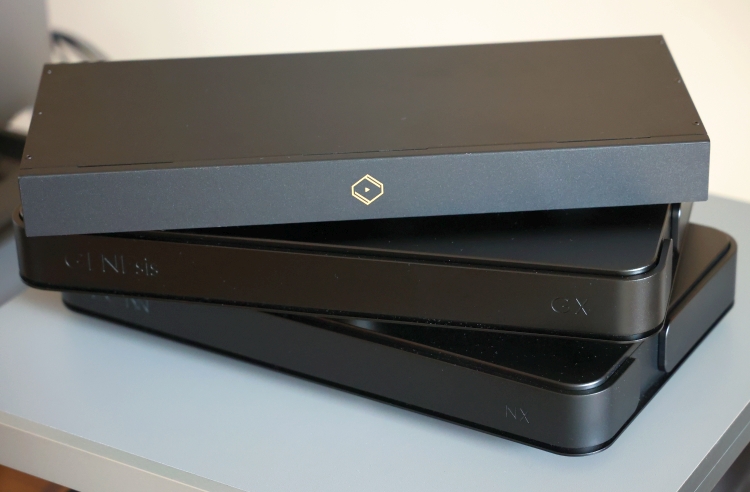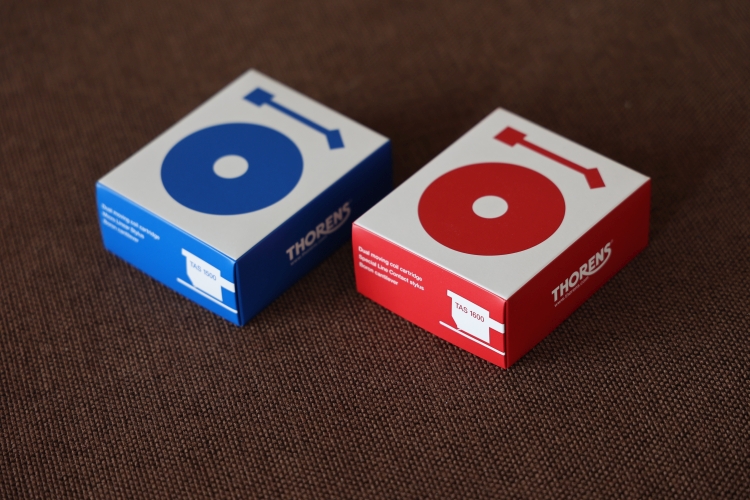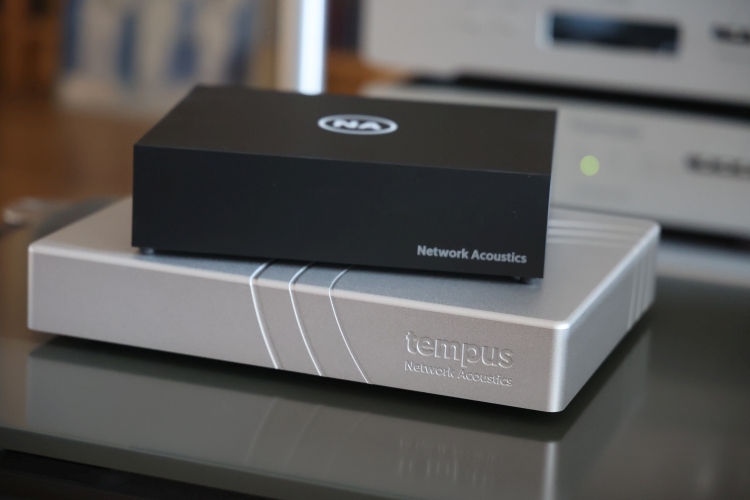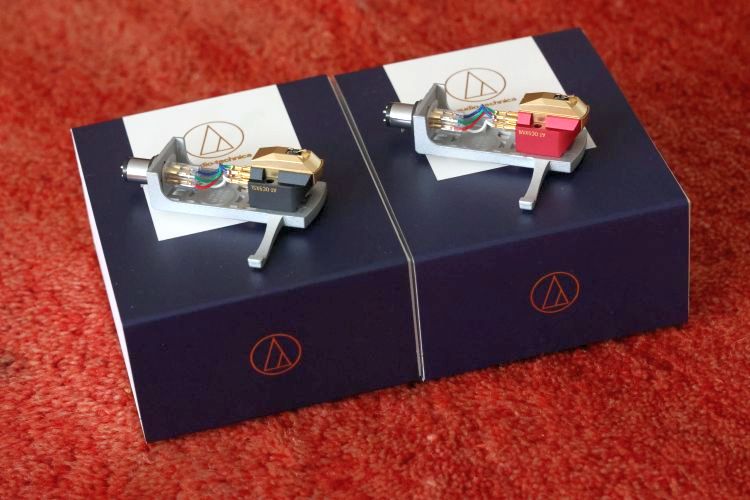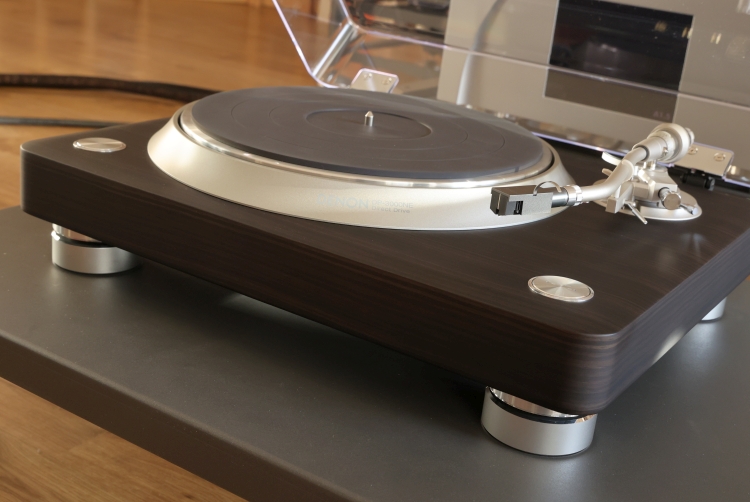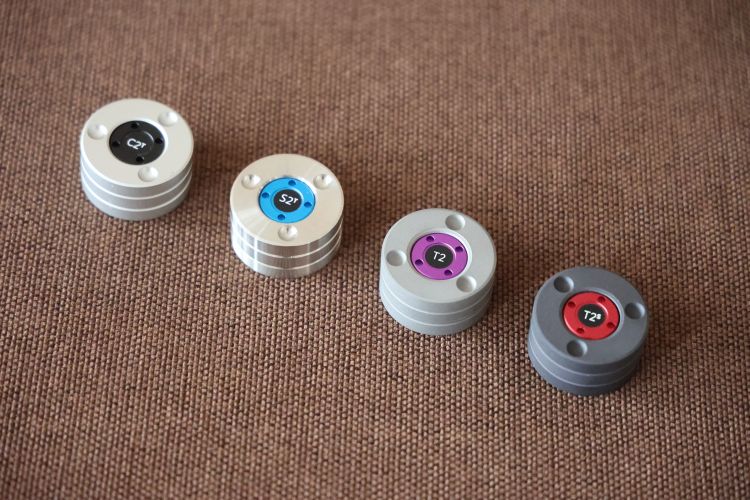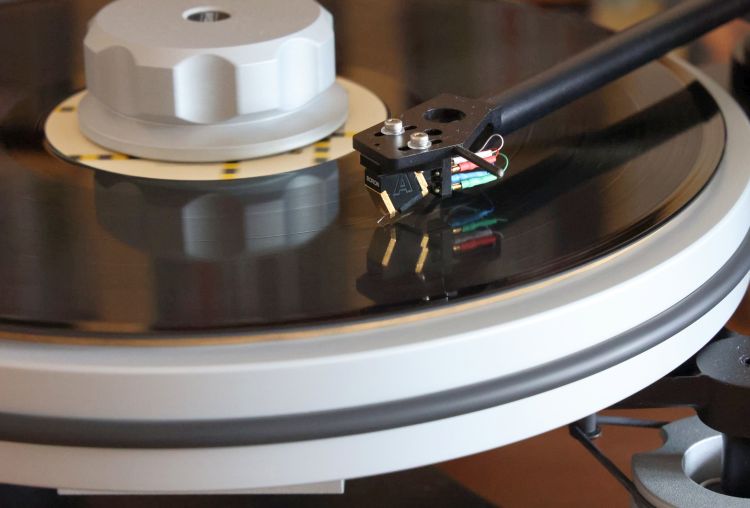Audio Technica AT-HS10 and Ortofon LH 2000 Turntable Headshells
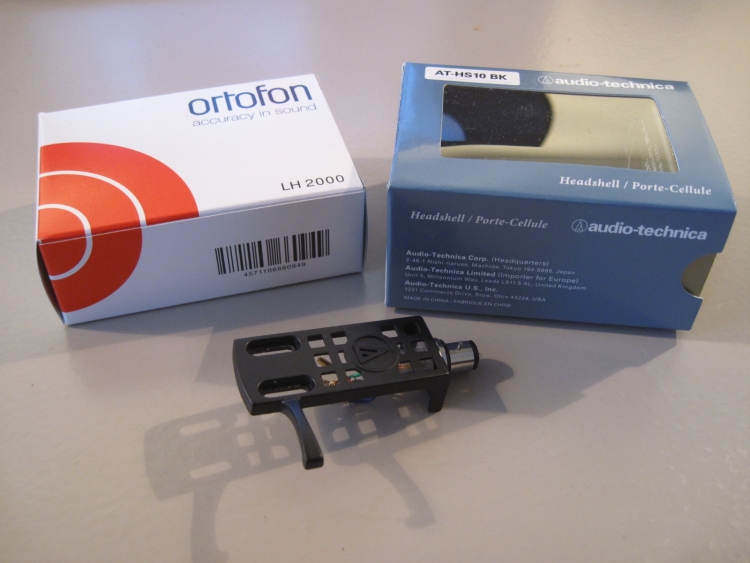
Phono cartridges can make or break a turntable but the headshell also has a not inconsiderable influence on the sound
Disclaimer: the relationship between turntable, arm, headshell and cartridge is a delicate matter and a highly relative one at that. The results below, obtained with a Pioneer PL-L1000 turntable, may or may not be different in another situation with another turntable or arm.
Retail prices in the Netherlands:
Audio Technica AT-HS10: 29 euro
Ortofon LH 2000 retail price: 65 euro
Rather than going into the specifics regarding calculating the resonance frequency by means of arm and cartridge weight, I aim to provide some light-footed impressions on what can be expected by using two different headshells on the same turntable.
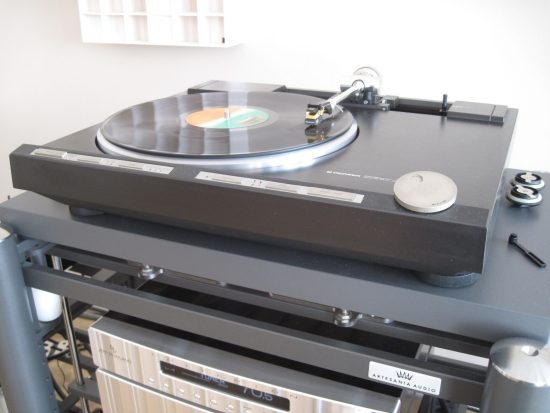
Turntable used is a Pioneer PL-L1000 linear tracker, pictured above with a minimalistic Expert headshell. This headshell has not been compared head to head with the other two, but from memory, it sounds more similar to the Ortofon than the Audio Technica. Linear tracking turntables are easier to set up than pivotal arms, because there is no such thing as overhang, or the need to minimize the tracking error using one of the popular curves. All that’s needed is for the stylus to be at the perfect center of the record for its entire path. Of course, the magnetically operated PL-L1000 needs to be perfectly level for it to work best, but once that’s set, stylus positioning and VTA are easy to get right.
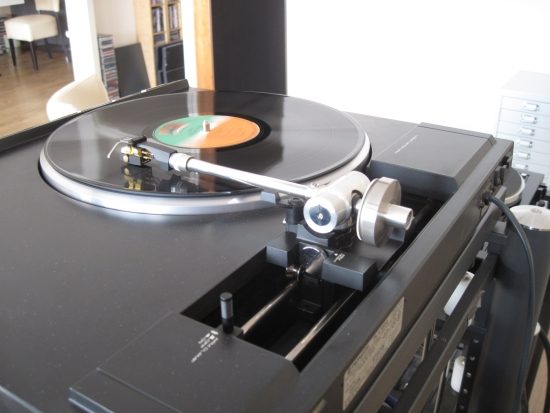
The headshells that are compared here, while not truly expensive, are also not dirt-cheap: you can buy a simple no-name headshell for as little as 10 euro. I listened to several of these too, but on the linear trackers I have or had available (Yamaha PX2 and Pioneer PL L1000) they tend to sound lightweight or a little forward in the midrange, so I left them out of the picture for this review.
Audio Technica AT-HS10
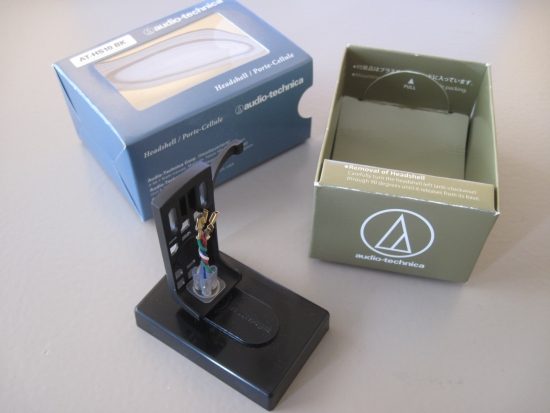
The AT-HS10 comes really nicely packed, is very neatly finished and although lightweight at 10 grams, it looks very solid. It comes with a nice range of screws too.
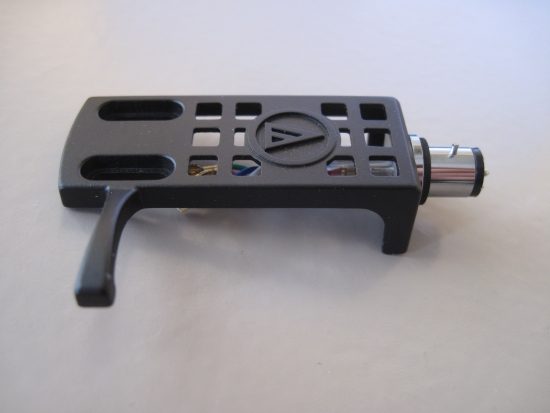
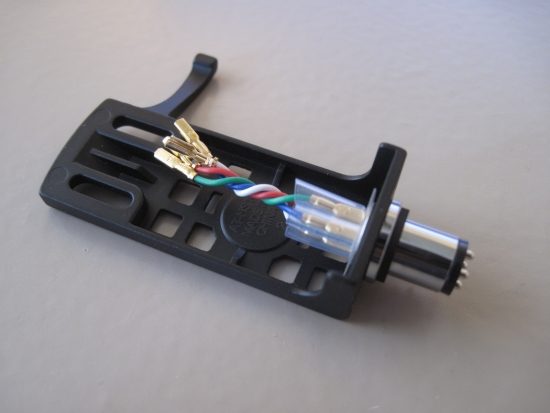
Smooth finish and high quality leads with ditto clamps
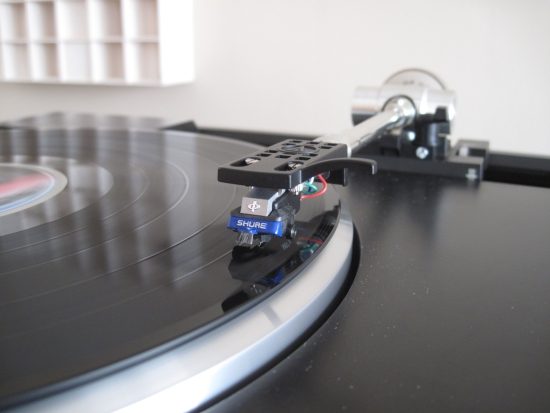
AT-HS10 with a relatively affordable Shure M97xE. This headshell was also listened to using a more upscale Audio Technica ATN150MLX.
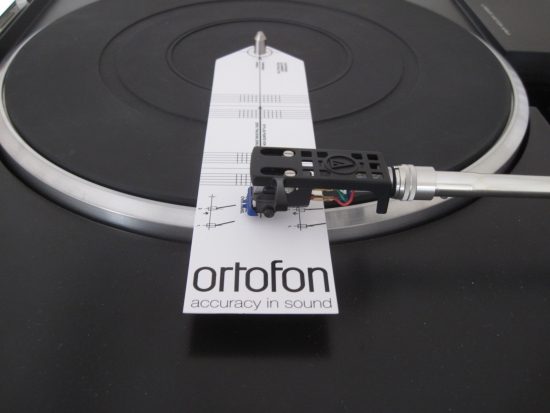
The screw openings in the headshell have different margins than the Ortofon LH 2000. As you can see above, using the Shure cartridge, the available space was just about enough with the screws at their backmost positions, to get the stylus just right.
Ortofon LH 2000
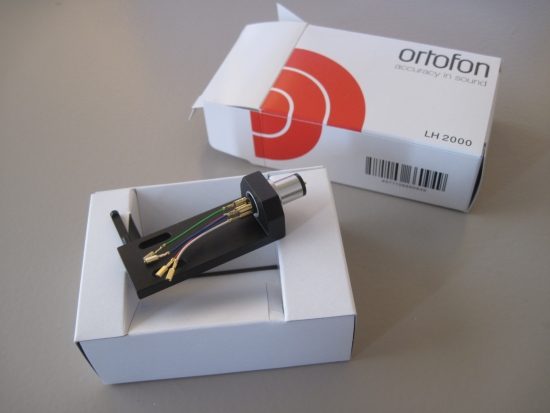
The Ortofon LH 2000 feels very solid and is also machined very precisely. At 15,5 grams it is quite a bit heavier than the Audio Technica HS10. Although quite a bit more expensive, the Ortofon is packed in a sober manner and has fewer accessories. Missing, for example, is the rubber ring around the SME connector. While this need not mean anything good or bad for the sound, the leads are very thin and the pin clamps are of good quality but lighter and less solid than the ones used for the Audio Technica, and they bend very easily, so handle carefully.
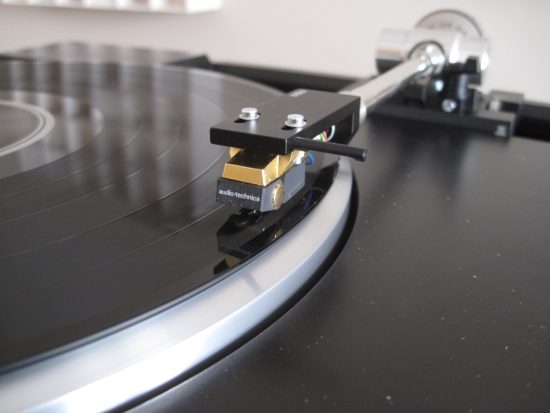
Ortofon HS10 with an Audio Technica ATN150MLX cartridge.
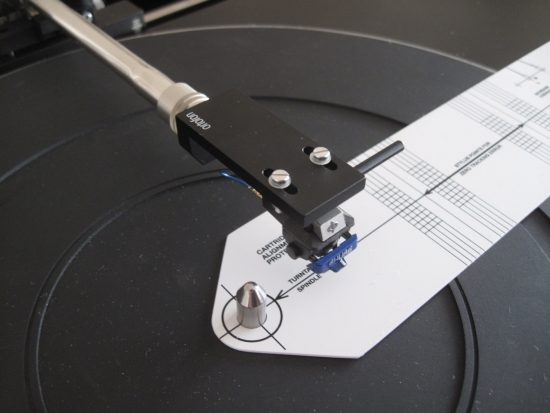
Here you can see that the Ortofon headshell’s screw openings are placed a little differently than with the HS10. With the Pioneer PL-L1000 and the Shure M97xE cartridge, this provides more margin to either side.
Listening Comparisons
Both headshells were listened to using various LP’s and using two cartridges: Audio Technica ATN150MLX and Shure M97xE. For every swap, the VTA and tracking force were re-adjusted very precisely using a digital measuring device. For both the ATN150MLX and the Shure M97xE I use the recommended optimal tracking force of 1,25 grams. When using the Ortofon with the relatively heavy ATN150MLX cartridge, the Pioneer’s counterweight had to be screwed out almost to its max, meaning that this arm may not have been intended to accommodate such a heavy headshell.
Once again: one headshell (and its weight combined with the cartridge’s weight and compliance) may well be suited better to this turntable, but this has not been taken into consideration. What I can say is that the Pioneer’s original headshell looks very similar to the Ortofon yet is only 10.5 grams and this makes it almost the exact same weight as the Audio Technica HS10. Also, I have used two very different cartridges in an effort to spread the differences. Alas, the Pioneer’s original cartridge was not supplied with the ‘table, and is extremely rare.
Soundwise, in this context, the Audio Technica HS10 is definitely a cut above no-name el-cheapo headshells, sounding more sonorous and less edgy in the midrange. Overall it sounds very even and natural and there is no single area where it does not perform well. That is, until it is swapped for the Ortofon LH 2000.
The Ortofon LH 2000 immediately impresses with a more solid sound that has a slightly more authoritative bass and a midrange that is quite a bit more full-bodied, and with an acoustically more convincing, more natural tonality. Going back to the HS10 makes it seem as though I’m going back to a standard Technics headshell, which I don’t currently have at hand, but have used on the same turntable some time ago. Using the same AT cartridge at that time the Technics sounded more lightweight than I think the Audio Technica sounds now, but this is only a gut feeling at best.
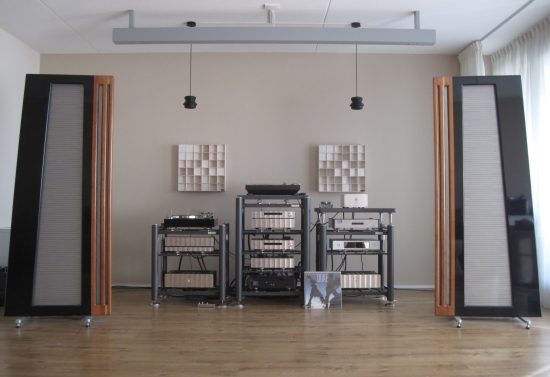
Conclusion
While perhaps not 100% conclusive because many more factors come into play, in the situation described above at least, the Audio Technica provides excellent quality for the money and really does not seem to put a foot wrong. However, the Ortofon sounds more solid and sonorous and provides an acoustically more convincing tonality in the midrange. For my system and taste, the vote would, therefore, go to the Ortofon, even if it is more expensive and is less lavishly packaged than the Audio Technica.
Read Also
Shure M97xE and Audio Technica ATN150MLX phono cartridges compared
